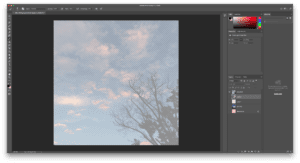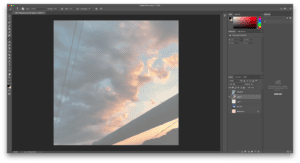Understanding Comics is a comic book that McCloud composed all about comics, and opens a brand new angle for me to look at comics as a medium rather than an amusement genre. McCloud argues that comics are set in the world of abstract icons, and introduces us to different comic styles, vocabulary, the use of closure effect, and time frame, based on psychological foundations.
The “cartooning” of objects makes the audience able to focus more on the sequential theme of work instead of paying too much attention to the special details; but meanwhile, to add some realistic scenes between the cartooning images creates a sense of distant, which is a technique that some artists use. In Chapter 2, McCloud introduces a triangle, in which the three vertices stand for reality, abstractness, and meaning respectively. All the comic works, no matter how realistic or abstract they are, can all find their place in this triangle. The comics, like other media such as literature and film, is deeply rooted in the artists’ culture. For example, Japanese comics utilizes aspect-to-aspect perspective to arrange the panels far more frequent than the western ones because the Eastern culture treasures the tradition of “cyclical and labyrinthine” art while the west does not.
The most impressive description of comics that McCloud introduced is the foundation of why we could understand comics: our high closure effect. We can simply complete some dissociated scenes together, and form a holistic view. In this process, some special stimuli like “the sound of chopping cucumbers in the kitchen” can keep existing from the first panel to the last one unless the author suggests that we should move our eyes off the kitchen. If the artist wants to control the sense of time in the work, it is a good way to utilize such closure effect by drawing a clock with two different times marked on it, by setting another silent panel, or to extend the length of the silent panel.






